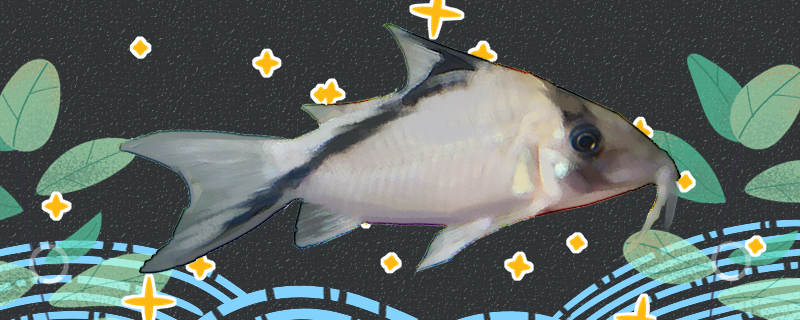Water temperature: When the feeding temperature is in the range of 20-28 ℃, the long-snout David ratfish can grow normally. When the temperature exceeds 28 degrees Celsius, their desire to eat will be greatly reduced. | | Water quality: This kind of fish likes to live in weakly acidic water, so the pH value should be controlled between 5.0 and 7.2 as far as possible. | | Feeding: When feeding this fish, you should choose some bottom-sinking baits. Frozen mealworms and red worms can also be used as their food.

Is it easy to raise
the long-kissed
David Rat Fish? The long-kissed David Rat Fish has a long kiss and looks very naive. This kind of fish is even less daring than other ratfish, and only the secluded environment and social life can bring them enough security. When keeping this kind of fish in the aquarium, some sunken wood or caves should be placed at the bottom of the aquarium to create a more suitable growth environment for them. Their bodies are very strong and not very sensitive to changes in the surrounding environment. However, attention should also be paid to the normal regulation of water temperature and quality when feeding. This kind of fish is less susceptible to various skin diseases, so it is relatively easy to raise. 2. How to raise
long-snout David ratfish? 1. Water temperature: The growth temperature of this kind of fish is relatively wide. When the ambient temperature is 20-28 ℃, they can maintain vigorous life activity. Once the temperature exceeds 28 degrees Celsius, it will increase their risk of skin diseases. It is very rare to have a good control of the temperature when feeding.
2. Water quality: The weak acidic water environment can make this kind of fish feel comfortable. When feeding, it is necessary to adjust the pH value of the water in the aquarium between 5.0 and 7.2. Ensuring the cleanliness of water quality is the most basic link in raising long-snout David ratfish.
3. Feeding: They are not picky eaters and have a strong ability to accept all kinds of food. Their feeding range is also relatively wide, and it is possible to choose some animal baits or artificial feeds that sink to the bottom when feeding. Frozen mealworms and bloodworms are the most common food used to feed this fish in home rearing.
 Is it easy to raise
Is it easy to raise